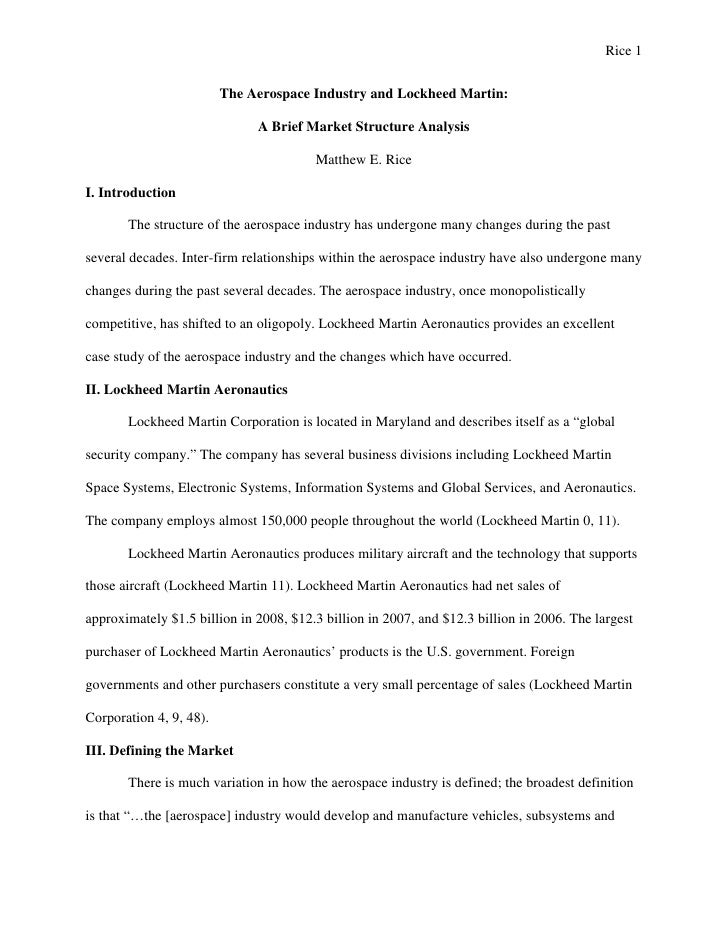Personality Disorders Foundation Summary: What Are the.
A person with a personality disorder thinks, feels, behaves or relates to others very differently from the average person. There are several different types of personality disorder. This page gives some information about personality disorders in general, linking to other sources for more detail. Symptoms of a personality disorder.A summary of Personality Disorders in 's Psychological Disorders. Learn exactly what happened in this chapter, scene, or section of Psychological Disorders and what it means. Perfect for acing essays, tests, and quizzes, as well as for writing lesson plans.In general, there is relatively little research to guide treatment for comorbid personality and AOD use disorders. The first line of treatment for those with comorbid BPD and AOD use should be psychotherapy, with several interventions having been specifically developed for this group. Similarly, psychological interventions should be the first line of treatment for those with comorbid ASPD and.
Summary Personality Disorders, Forensic Psychology, Maastricht University. Popular books. BTEC Level 3 National Business Student Book 1 - Catherine Richards, Rob Dransfield.The exact cause of personality disorders remains uncertain. However, it is clear there are both biological and, psychosocial factors that influence the development of personality and personality disorders. Several psychological theories of personality disorders attempt to explain the psychosocial origins of personality disorders. The following.

Personality disorders are among the most common of the severe mental disorders and often occur along with other mental illnesses, such as substance abuse disorders, mood disorders (depression or bipolar disorder), and anxiety disorders. It is estimated that 10 percent to 13 percent of the world’s population suffer from some form of personality disorder.












